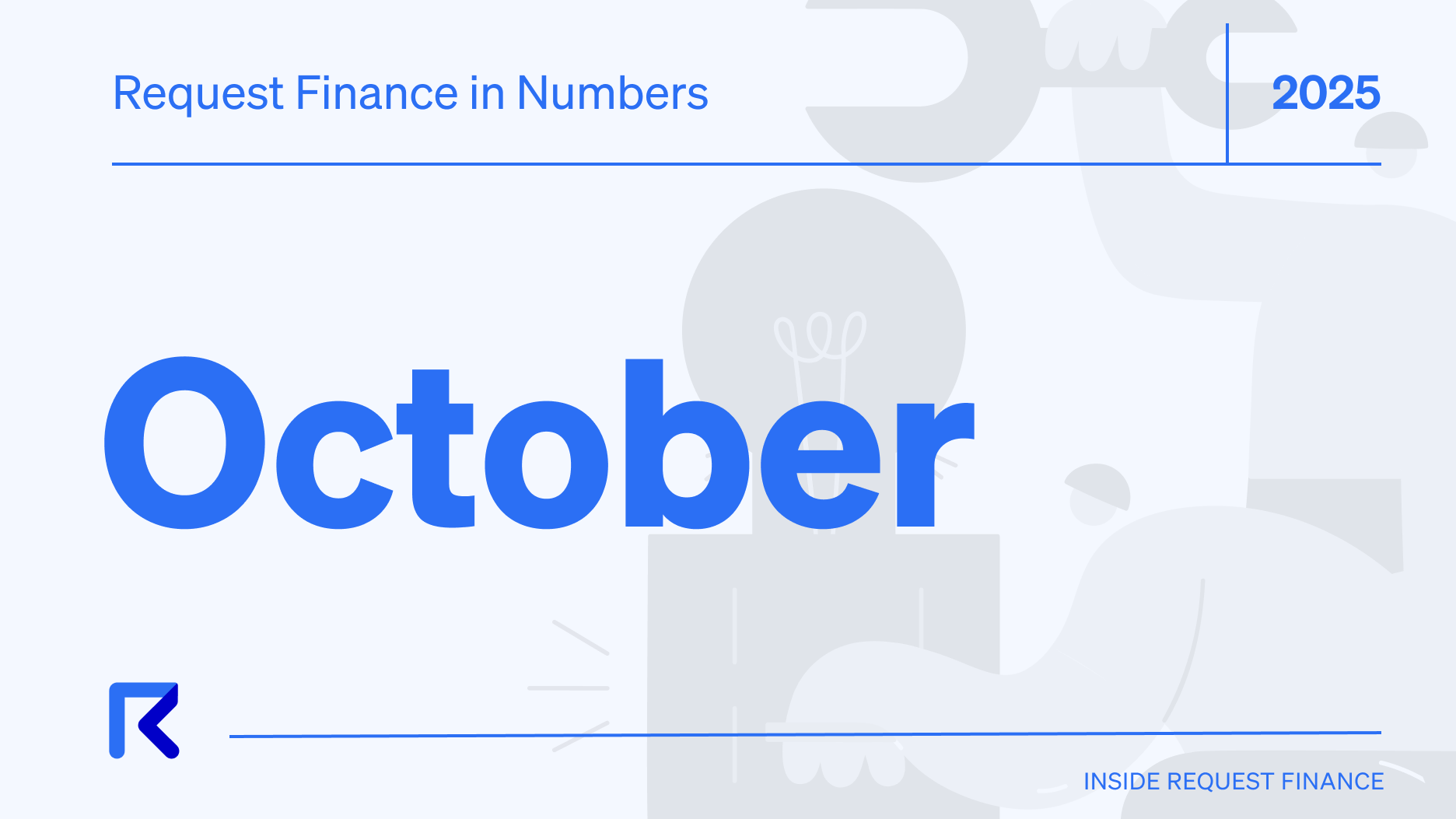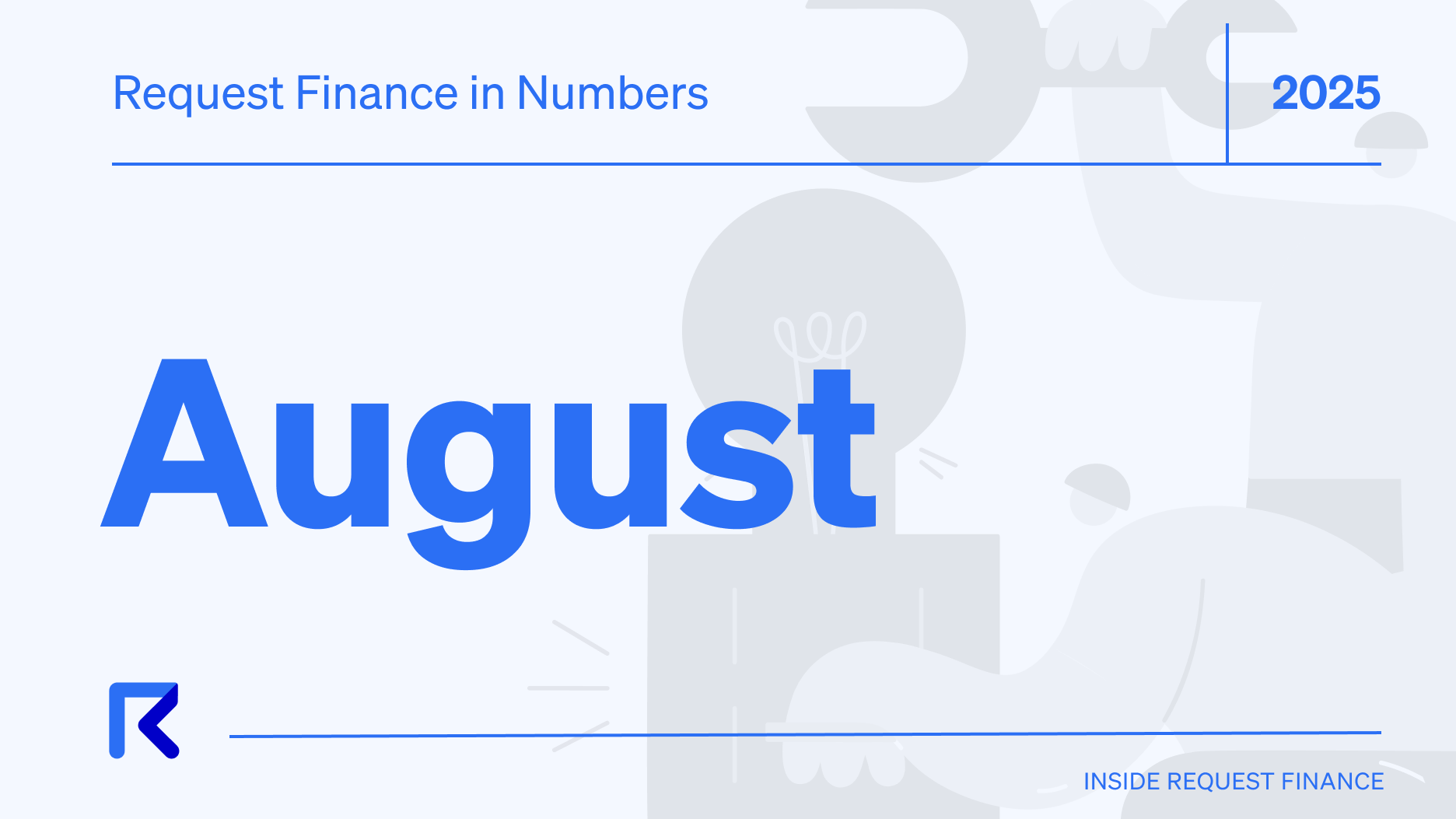3 Ways To Shield Your Company From the Next FTX
Learn how you can protect your company from the collapse of the next big centralized crypto platform.

We are dismayed to hear reports of asset managers, startups and their employees having their company funds and personal savings stuck on FTX.
But sadly, this story is a familiar one. It was not the first to fail, and it certainly will not be the last.

While history seldom repeats itself, it sure rhymes. The silver lining is that we can learn the right lessons from this crisis to shield ourselves from the next.
If you are a finance or operations lead managing your organization’s crypto assets, learn how you can protect your company from the collapse of the next big centralized crypto platform.
Here are three actionable risk-management practices to consider implementing in your crypto financial operations:
☑️ Always Hold Most Assets In Self-Custody
☑️ Use Decentralized Exchanges & Lending Protocols
☑️ There Is Safety In Diversity
Ready to Supercharge Your Crypto Accounting?
Stop wasting time, manually creating journal entries. Automate your accounting now, and enjoy error-free reporting
Learn how to scale your company's crypto & fiat financial operations
Your financial complexities are our specialties. Schedule your free consultation today and discover how Request Finance can transform your financial operations
Simplify crypto and fiat financial operations today
Rely on a secure, hassle-free process to manage your crypto invoices, expenses, payroll & accounting.
Actionable Insight 1: Always Hold Most Assets In Self-Custody
We highly recommend that at any given time, most of your personal and organization’s crypto should be held in self-custodial wallets.
Remember: the account balances on your deposits held at any centralized platform are nothing more than the amount of debt that platform owes to you. They do not reflect actual assets held in reserve.
FTX’s bankruptcy filings revealed zero bitcoin assets listed, despite bitcoin liabilities of $1.4bn. Debts are nothing more than promises to repay, and promises are easily broken.
In contrast, when you hold your funds in a self-hosted, or self-custodial wallet - you are in full control of your funds, and their movement at all times. You alone hold the keys.

If you still feel the need to use a centralized exchange for things like on and off-ramps between fiat and crypto, consider decentralized alternatives. For instance, with Request Finance, you can pay, or get paid in stablecoins like EURe by Monerium, USDC by Circle, or xSGD by StraitsX. You can then swap these at a 1:1 exchange rate for fiat in your bank account.
As an enterprise crypto payments app serving over 2,300 web3 organizations like The Sandbox, Decentraland, and Aave, we do not take deposits, lend out, or control your funds.
Instead, you simply connect to the Request Finance app with over a hundred different crypto wallets of your choice, from Metamask and Gnosis Safe, to Fireblocks.
That means that there can be no paused withdrawals, and no frozen funds - ever.
Self-custody is a matter of survival. Money is to organizations, what blood is to our bodies. Its free circulation maintains the essential functions that keep us alive and healthy. Deprived of it, irreparable damage, and death follows quickly after.
Actionable Insight 2: Use Decentralized Exchanges & Lending Protocols
Decentralized exchanges, or “DEXes” like Uniswap or Curve are ideal for swapping your crypto from one currency to another. They have been time-tested, and have deep liquidity to execute your swap transactions.
If you are looking to actively trade in cryptocurrencies, there are also many DEXes that now provide the same, familiar orderbook-style user experience - for both spot and derivatives markets.

Decentralized lending protocols like Aave or Compound are also great ways to earn yield on idle assets in your crypto treasury. Unlike centralized financial intermediaries, they run on smart contracts and cannot arbitrarily use your funds in ways they were not designed to.
Many centralized lending platforms actually do very little other than provide a convenient interface. They simply take your funds, deposit them into various DeFi lending protocols, and charge you an interest spread.
Not only might you be better off doing it yourself, there are also a number of DeFi yield aggregators. They are a set of smart contracts that pool investors' crypto assets and invest them in a portfolio of yield-bearing DeFi lending protocols.
Additionally, as the collapse of Celsius, Hodlnaut, and FTX show - you would be lucky if charging a small fee for providing a simple gateway to access DeFi protocols was all centralized platforms did.
“Banks must be trusted to hold our money and transfer it electronically, but they lend it out in waves of credit bubbles with barely a fraction in reserve”, wrote Satoshi on the P2P Foundation forum in February 2009.
At the time, the global economy was in the throes of the Global Financial Crisis, caused by the collapse of large global banks exposed to subprime mortgage loans. Sadly, these words also ring true of centralized crypto platforms in 2022 - and likely always will.
It is well worth noting that there are good reasons why even regulated platforms offer little guarantees of safety. They did not stop Enron. They did not stop Bernie Madoff. They did not stop LTCM. They did not stop the actions that led to the 2008 Global Financial Crisis. They did not stop FTX from committing naked fraud.
Actionable Insight 3: There Is Safety In Diversity
You should avoid putting all your eggs in one basket. This also applies when using decentralized platforms, which are still vulnerable to hacks, or other design flaws.
Diversifying your funds allocated across different platforms limits your exposure to the risk of any one platform failing - centralized or not.
However, unlike their decentralized counterparts, centralized platforms are vulnerable to contagion from the implosion of another platform elsewhere. They can be exposed to toxic assets held on their balance sheets, or counterparty risk from dealing with bad actors.
We saw this during the subprime mortgage debt crisis that tanked many global banks, and when it was revealed that other centralized crypto exchanges and funds held millions on FTX, or lent money to their defunct trading arm, Alameda Research.
Diversification does not eliminate, but helps to limit your risk exposure from centralized platforms in the event of another collapse. For instance, it could buy you time to withdraw the rest of your portfolio across different centralized exchanges as they fall like dominoes in turn.
Crypto finance tips straight to your inbox
We'll email you once a week with quality resources to help you manage crypto and fiat operations
Trending articles
Get up to date with the most read publications of the month.
Our latest articles
News, guides, tips and more content to help you handle your crypto finances.











